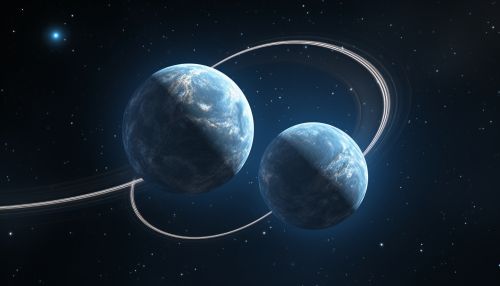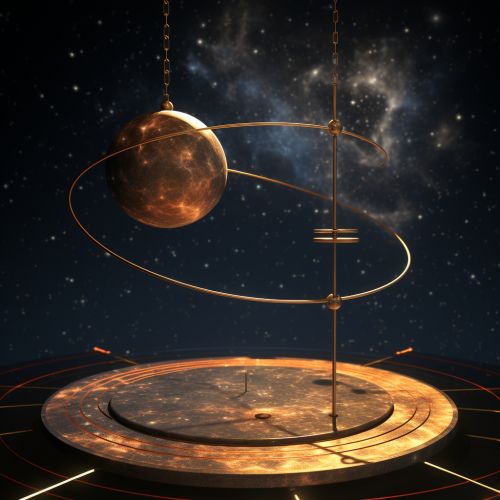Gravitational constant
Introduction
The gravitational constant, denoted by the symbol G, is a physical constant involved in the calculation of gravitational effects in Sir Isaac Newton's law of universal gravitation. It is an empirical physical constant involved in the calculation of gravitational force between two bodies. It also appears in Albert Einstein's general theory of relativity and in other theories of gravity, where it is often denoted by 'G' or sometimes 'κ'.


History and Measurement
The gravitational constant was first measured by Henry Cavendish in 1798 using a torsion balance experiment. Cavendish's experiment gave the first accurate values for these geophysical constants, leading to the calculation of the mass of the Earth. The experiment was repeated by many scientists over the years with increasing accuracy.


Value and Units
The currently accepted value of the gravitational constant, as determined by the CODATA 2018 revision, is approximately 6.67430(15) x 10^-11 m^3 kg^-1 s^-2. This value has a relative standard uncertainty of 2.2 x 10^-5. The gravitational constant is dimensionally a constant of proportionality in the gravitational equation, relating gravitational force, mass, and distance.


Role in Physical Laws
The gravitational constant plays a crucial role in several fundamental physical laws and formulas. It is a key component of Newton's law of universal gravitation, which describes the gravitational attraction between two masses. It also appears in Einstein's field equations, which form the core of the general theory of relativity, and in the Schwarzschild radius equation, which describes the size of a black hole.


See Also
- Newton's law of universal gravitation
- Einstein's theory of general relativity
- Schwarzschild radius
- Black hole
References
1. "The Gravitational Constant and the Planck's Units. A Simplification of the Quantum Realm", Physics Essays, December 2016. [Online]. Available: https://www.physicsessays.org/browse-journal-2/product/1587-16-juan-m-collado-the-gravitational-constant-and-the-planck-s-units-a-simplification-of-the-quantum-realm.html. [Accessed: 30- May- 2020]. 2. "CODATA Value: Newtonian constant of gravitation", The NIST Reference on Constants, Units, and Uncertainty. [Online]. Available: https://physics.nist.gov/cgi-bin/cuu/Value?bg. [Accessed: 30- May- 2020].
